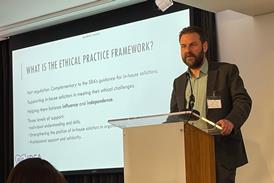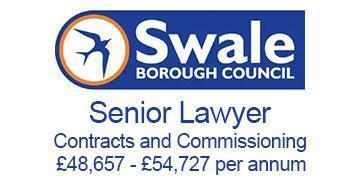The Credit Hire Organisation (CHO) estimates that a successful conclusion to the negotiations between motor insurers and mobility providers for a revised general terms of agreement (GTA), which includes a compulsory ADR process, could take out as many as 100,000 cases from the already overworked civil court system.

That would be a seriously beneficial outcome for all concerned as well as those who interact with civil justice. Yet there’s one sector that seems determined to put a spanner in the works.
Defendant law firms are fighting a rearguard battle to preserve their commercial interests. These interests are at risk if a revised GTA comes to pass; why? Because compulsory ADR means less litigation and less litigation means lower revenues for defendant firms.
In recent years, motor insurers have increasingly turned to defendant firms to manage their claims in the belief that it will be more efficient and will reduce claims costs. The reality is that those cost savings are only banked if defendant firms persuade accident victims to accept lowball settlements and more often than not they push cases into litigation, which arguably pushes up indemnity spend rather than bringing it down.
Read more
A bigger worry is that this outsourcing deskills the insurer claims teams and makes them more dependant on lawyers. Once the skill is gone how will they ever get it back?
So I expect a few defendant lawyers choked on their cornflakes after the CHO announced in Q4 2024 a major breakthrough in the GTA negotiations, with news that insurers and mobility providers had agreed an annual independent vehicle hire rate review driven by market data, and compulsory arbitration where cases are not agreed and settled within a set number of days.
At the time I said the overriding aim was to reduce or ideally remove frictional costs and put consumers at the heart of the claim, including avoiding dragging policyholders through the courts.
Defendant firms responded by asserting that credit hire rates had increased by over 300% in a decade. The inference was clear, credit hire costs were out of control and they would be the saviours.
Their other angle was that the Motor Insurance Taskforce, announced in October, should look no further than mobility providers for the surge in motor premiums.
The truth was more prosaic; GTA hire rates had indeed increased, but by only 5.78% over the same period. Even outside the GTA most of the credit hire companies had agreed protocol arrangements with their insurer partners; these arrangements are most often based on a GTA derivative and lead to negotiated settlements between the two sides, keeping claims away from the courts (and away from defendant firms).
I anticipate the next salvo will be an attack on arbitration. The GTA Technical Committee has recently agreed a framework which will enable an ADR pilot to proceed. The next step is to create the pilot plan (including training and software testing) and scope out – in concert with the participating businesses - the expected outcomes.
ADR in the form of arbitration is the key to unlocking savings for all concerned as well as removing those 100,000 court cases to free up judicial time, and we are confident that the project will have the support of the district judges, maybe including the much-quoted DJ Lumb himself. And to be sure, ministers will welcome signs of the industry sorting out its own problems and improving the customer journey.
Despite the best efforts of defendant firms to undermine mobility provision in general and the GTA in particular, the momentum for change is unstoppable.
There are opponents of ADR on both sides, but arbitration has the potential to become ‘just the way things are done in credit hire', with the courts being reserved for outlier cases where a judge is genuinely required. Maybe it’s time for defendant firms to wake up and smell the coffee.































8 Readers' comments